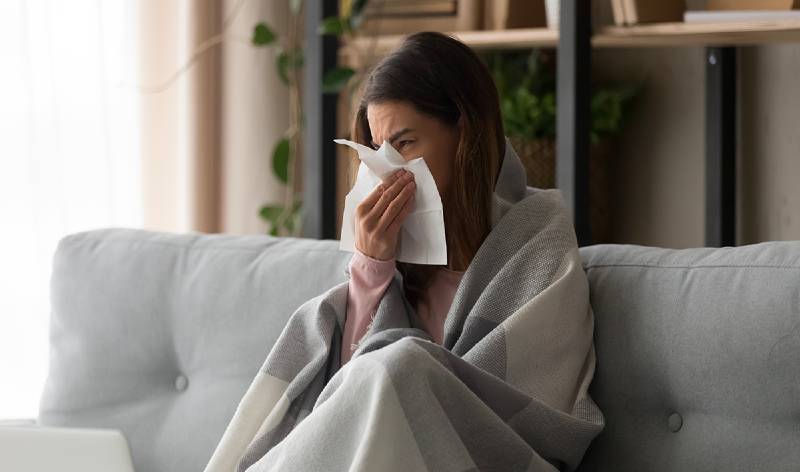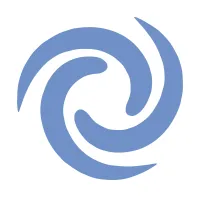Welcome to Our Blog
Insights and tips to keep your living environment safe and healthy.

Can you allergy-proof your Santa Barbara Home

Reducing allergy triggers in your home in Santa Barbara takes more than just dusting and opening windows. Coastal humidity, wildfire smoke, and seasonal pollen can all sneak into your HVAC system and circulate through your living spaces. With the right filters, smart ventilation, and regular system care, you can turn your home into a safe, clean-air zone where your family breathes easier every day.
Why Allergy-Proofing Matters in Santa Barbara
Living in Santa Barbara offers ocean breezes, mountain views, and year-round sunshine—but it also comes with challenges for allergy sufferers. Coastal humidity, wildfire smoke, seasonal pollen, and indoor contaminants can all affect your home’s air quality. For many families, allergy symptoms like congestion, sneezing, and breathing issues are directly linked to the air they breathe indoors.
The good news? With the right HVAC filters, ventilation improvements, and air quality strategies, you can dramatically reduce allergy triggers and allergens in your home. This guide will walk you through expert tips tailored to Santa Barbara’s unique climate while helping you protect your family’s health and comfort.
Understanding Allergens in Santa Barbara Homes
1. Outdoor Pollutants Sneaking Indoors
Santa Barbara residents often deal with high pollen counts, especially from oak, sycamore, and grass varieties common in the region. Add wildfire smoke drifting from nearby areas, and your indoor air can quickly become polluted.
2. Indoor Sources of Allergens
Dust mites thrive in coastal humidity.
Mold spores from damp bathrooms or poorly ventilated attics.
Pet dander, especially in carpeted areas.
Household chemicals and VOCs (volatile organic compounds).
Together, these allergens create a cocktail of irritants that circulate through your HVAC system unless properly filtered and managed.
The Role of HVAC in Allergy-Proofing Your Home
Your HVAC system isn’t just about comfort; it’s the first line of defence against allergens. Every time your system runs, it either traps or recirculates contaminants. By upgrading filters, improving ventilation, and scheduling regular maintenance, you can transform your home into a cleaner, healthier environment.
Choosing the Right HVAC Filters
MERV Ratings Explained
Filters are rated using the Minimum Efficiency Reporting Value (MERV) system.
MERV 8–11: Good for basic dust and pollen.
MERV 13–16: Excellent for trapping fine allergens like mold spores, pet dander, and smoke.
For allergy-prone households in Santa Barbara, a MERV 13 filter is often recommended.
HEPA Filters
High-Efficiency Particulate Air (HEPA) filters capture up to 99.97% of airborne particles as small as 0.3 microns. While not all HVAC systems are compatible, portable HEPA units can be used in bedrooms and living areas.
Pro Tip:
Replace or clean your filter every 60–90 days, or more often during wildfire season or peak pollen months.
Ventilation: Bringing Fresh Air Without Allergens

Balanced Ventilation Systems
A well-ventilated home helps dilute indoor pollutants. However, simply opening windows in Santa Barbara may invite in pollen or smoke. That’s where mechanical ventilation systems come in, such as:
Energy Recovery Ventilators (ERVs): Exchange stale indoor air with fresh outdoor air while filtering and balancing humidity.
Heat Recovery Ventilators (HRVs): Great for maintaining efficiency while introducing fresh air.
Kitchen & Bathroom Ventilation
Exhaust fans prevent mold growth by reducing moisture, a major allergen trigger in coastal homes.
Managing Humidity Levels
Santa Barbara’s coastal climate can lead to higher indoor humidity, a perfect breeding ground for mold and dust mites. Aim to keep indoor humidity between 30–50% using:
Whole-home dehumidifiers
Proper insulation
Regular HVAC tune-ups to ensure condensate lines are clear
Air Duct Cleaning & Sealing
Allergens often hide in ductwork, recirculating throughout the home. Professional air duct cleaning removes accumulated dust, mold spores, and pet dander. Duct sealing prevents pollutants from entering the system through leaks.
According to the EPA (Environmental Protection Agency), cleaning ducts may be especially beneficial if you notice mold growth, pest infestations, or excessive dust buildup.
Smart Home Technology for Cleaner Air
Santa Barbara homeowners are increasingly turning to smart HVAC systems with:
Air quality sensors that track particulate matter and alert you to pollution spikes.
Programmable thermostats to manage ventilation schedules.
Integrated air purifiers that neutralize allergens automatically. Ask us about our air scrubbers that are proven to reduce allergy triggers indoors.
Seasonal Maintenance Checklist for Allergy-Proofing
Spring: Replace filters before pollen season peaks.
Summer: Clean coils and check for mold in humid areas.
Fall: Inspect ducts for debris after wildfire season.
Winter: Seal air leaks and ensure proper humidity balance.
Lifestyle Tips to Support Allergy-Proofing
Wash bedding in hot water weekly.
Vacuum with HEPA-equipped vacuums.
Keep pets out of bedrooms.
Remove shoes at the door to limit outdoor allergens.
Schedule professional HVAC inspections twice a year.
Why Allergy-Proofing Is Crucial in Santa Barbara
Unlike drier regions, Santa Barbara’s combination of coastal humidity, wildfire smoke, and seasonal pollen makes indoor air quality a constant challenge. Families that don’t address these issues often notice year-round allergy symptoms, reduced HVAC efficiency, and higher energy bills.
Investing in air quality now not only improves health but also extends the life of your HVAC system, saving money in the long run.
If you’d like to learn more about post-wildfire air duct cleaning, check out our guide: Why Duct & HVAC Cleaning Matters After a Wildfire.
Partner With Santa Barbara’s Indoor Air Quality Experts
At Advanced Clean Air Solutions, we specialise in creating healthier indoor environments for Santa Barbara homeowners. From HVAC filter upgrades and duct cleaning to ventilation improvements and air quality testing, our team is dedicated to helping you breathe cleaner air year-round.
Call Advanced Clean Air Solutions today to schedule your HVAC maintenance or air quality service, and give your family the comfort and safety they deserve.
Copyright @ 2025 - All rights reserved
Advanced Clean Air Solutions, LLC
351 Paseo Nuevo 2nd Floor #1033
SANTA BARBARA, CA 93101

